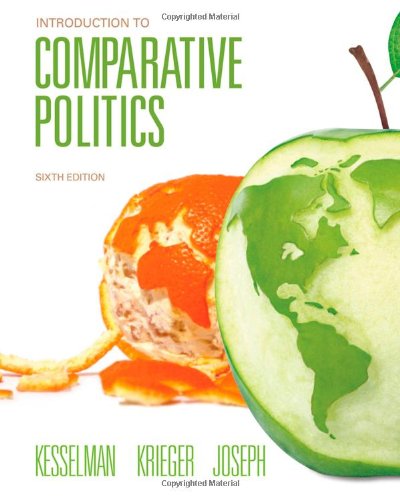Introduction to Comparative Politics
Updated to reflect today’s political climate, the Sixth Edition of INTRODUCTION TO COMPARATIVE POLITICS offers a country-by-country approach that allows students to fully examine similarities and differences among countries and within and between political systems. Each chapter offers an analysis of political challenges and changing agendas within countries and provides detailed descriptions and analyses of
Updated to reflect today’s political climate, the Sixth Edition of INTRODUCTION TO COMPARATIVE POLITICS offers a country-by-country approach that allows students to fully examine similarities and differences among countries and within and between political systems. Each chapter offers an analysis of political challenges and changing agendas within countries and provides detailed descriptions and analyses of the politics of individual countries. The Sixth Edition offers a condensed narrative and student-friendly pedagogy like marginal key terms and focus questions that will helps students make meaningful connections and comparisons about the countries presented. INTRODUCTION TO COMPARATIVE POLITICS, Sixth Edition, consists of 13 country case studies, selected for their significance in terms of the comparative themes and because they provide an interesting sample of types of political regimes, levels of economic development, and geographic regions.
Product Features
- The four key themes, of A World of States, Governing the Economy, the Democratic Idea, and the Politics of Collective Identities, helps students make meaningful connections among the countries that are covered.
- Vignettes about recent political developments in each country at the beginning of each chapter engage students and underscore particular features of each country’s political patterns.
- The consistent section heads found in each chapter facilitate cross-national comparison and student understanding.
- The addition of a new chapter on South Africa (Chapter 11) contributes to the balanced and global coverage of the text and includes topics such as Apartheid, Electoral Trends, and HIV/AIDS.
- New and updated examples throughout the text reflect today’s political climate. New examples include how the 2011 demonstrations that brought down the presidents of both Tunisia and Egypt have affected Iran (Chapter 8) and coverage of the 2011 Nigeria election.







Comments